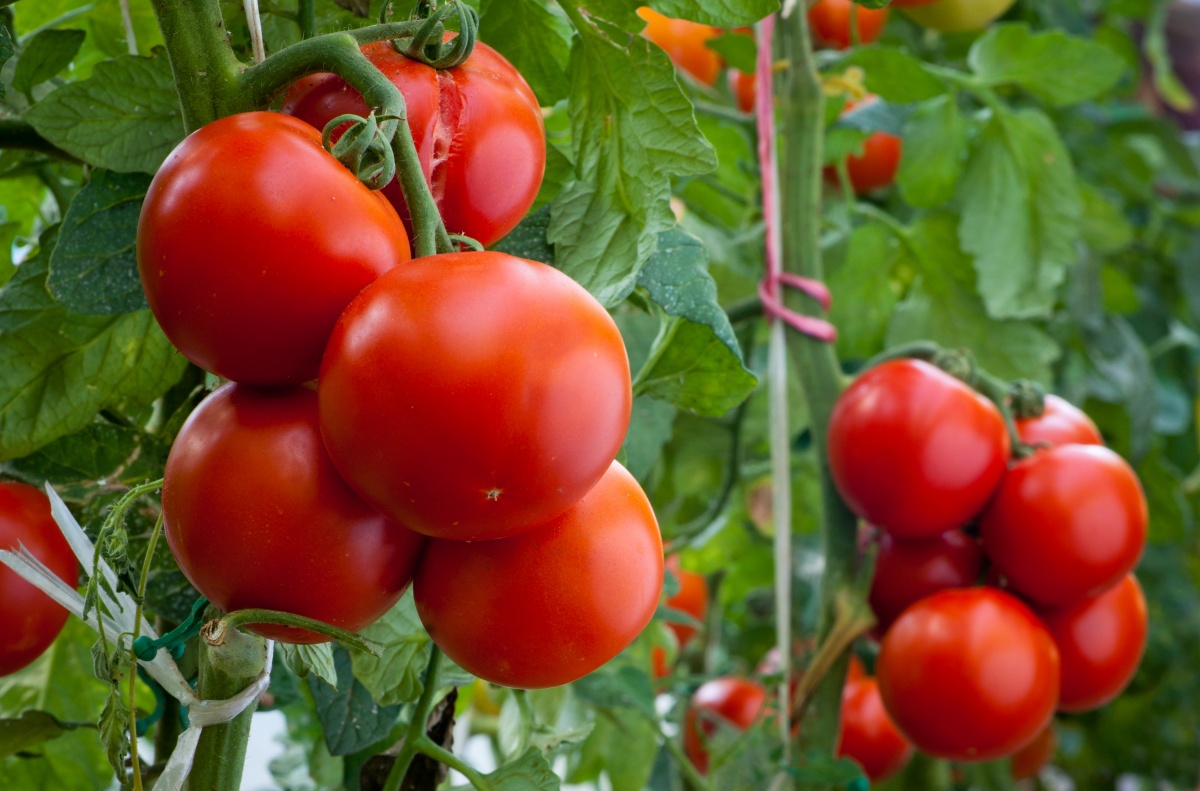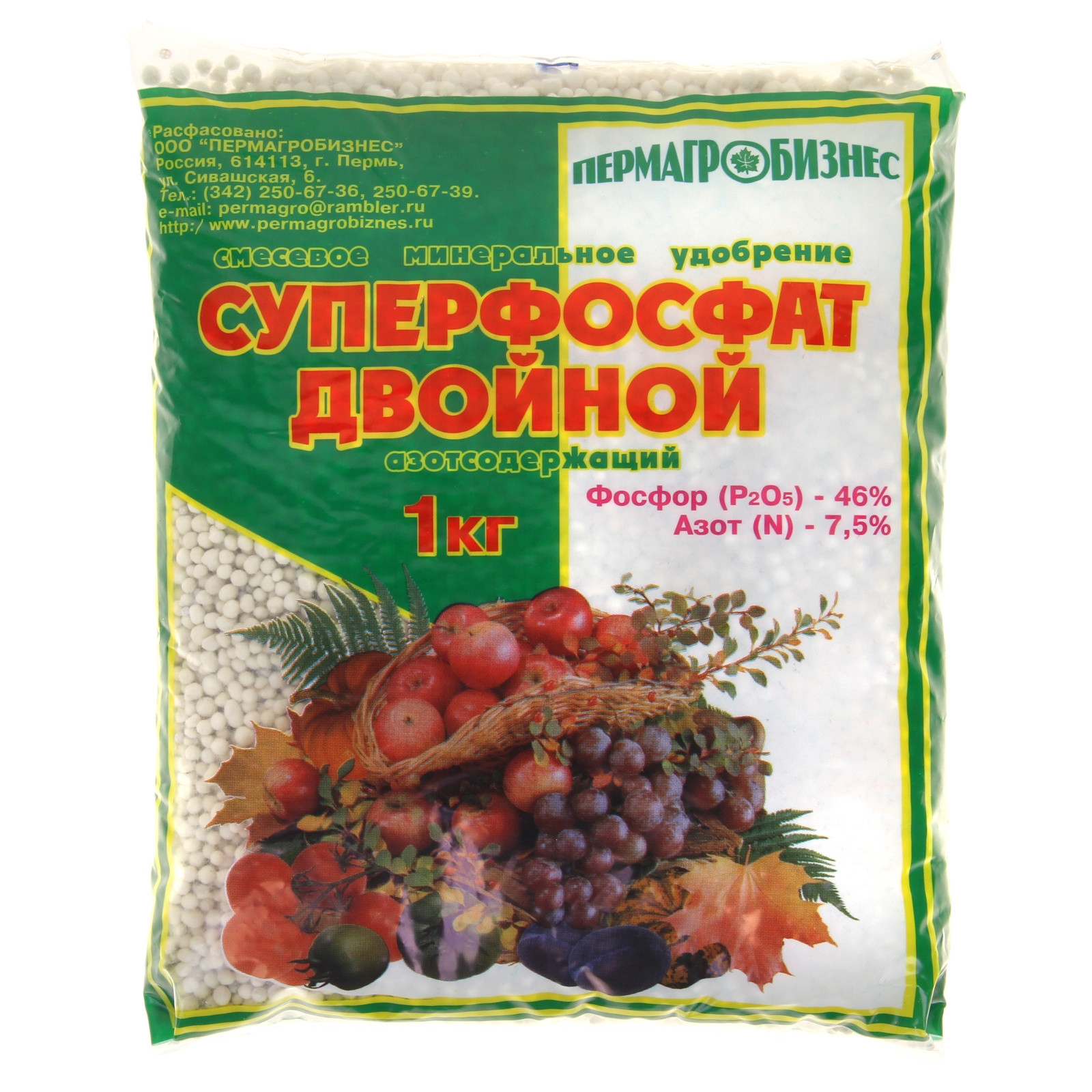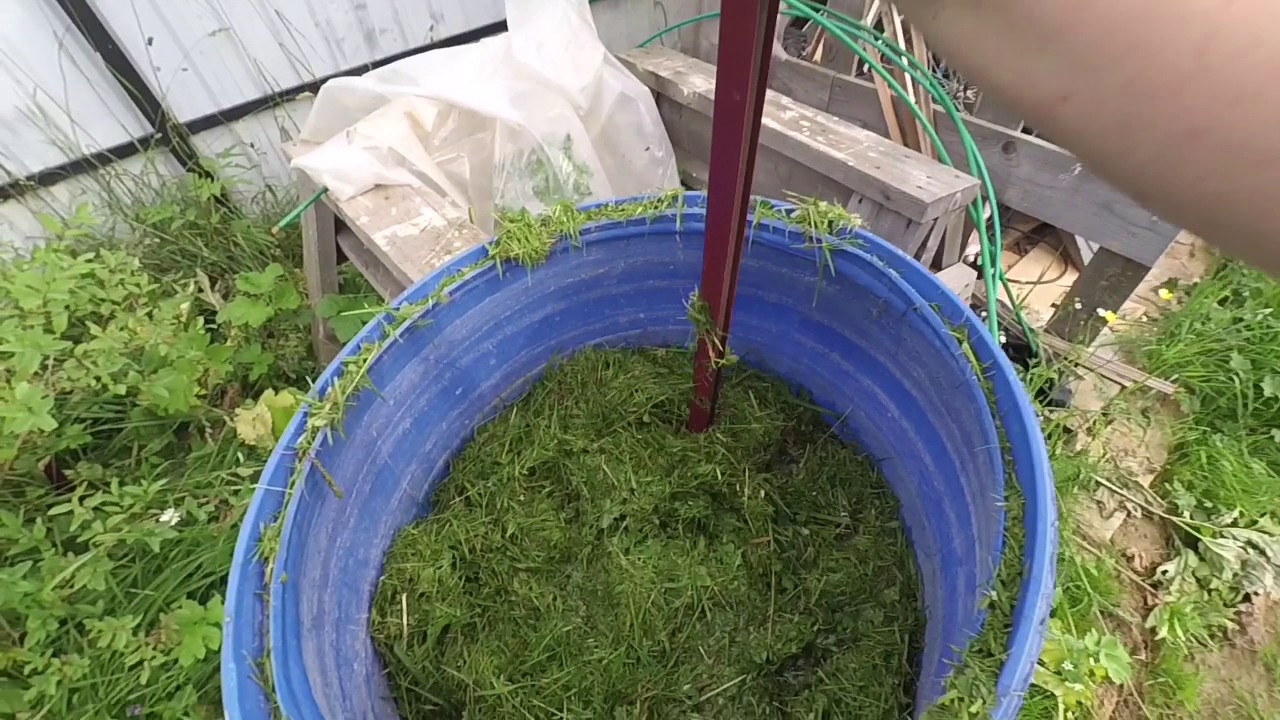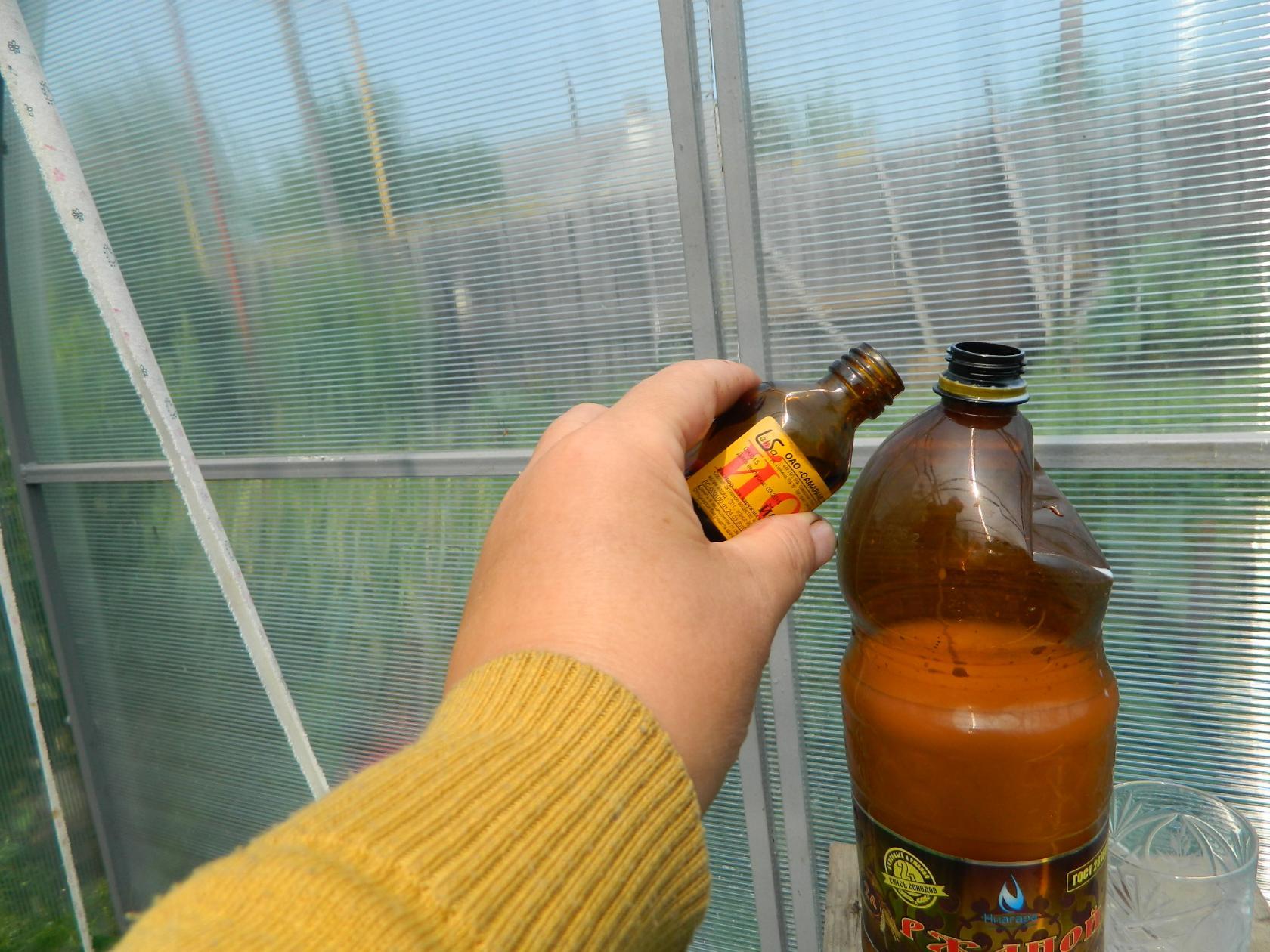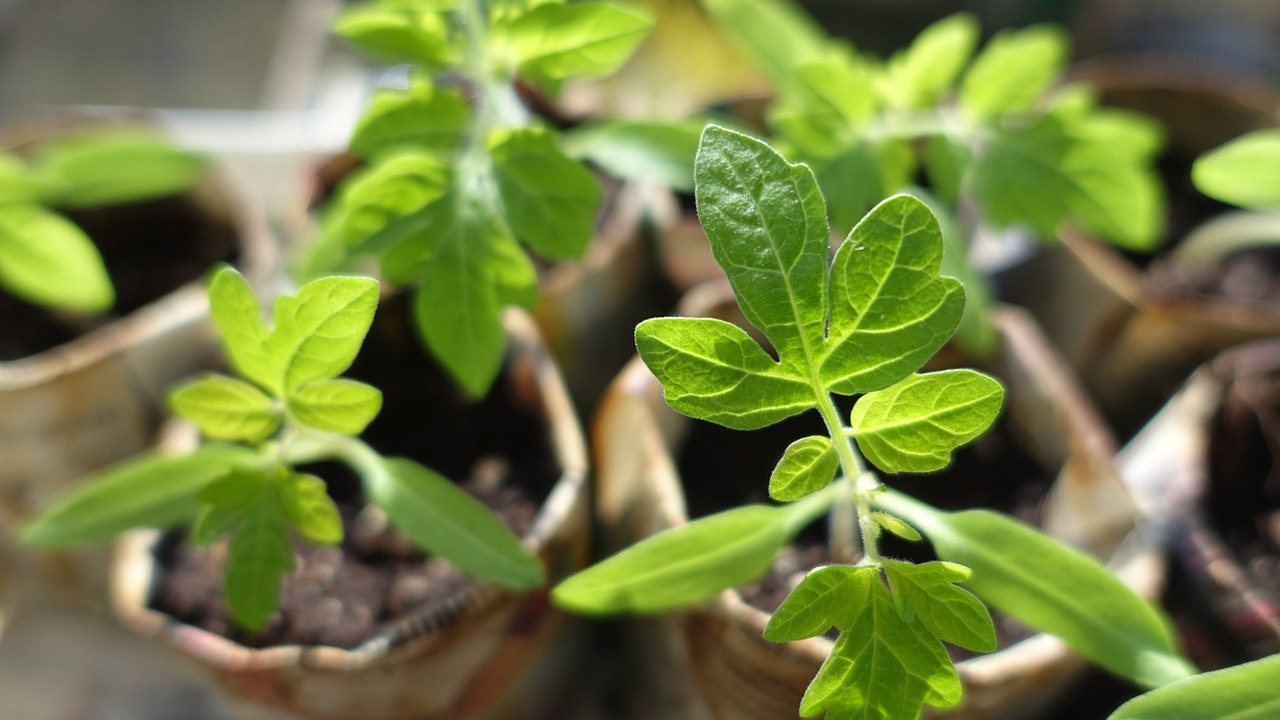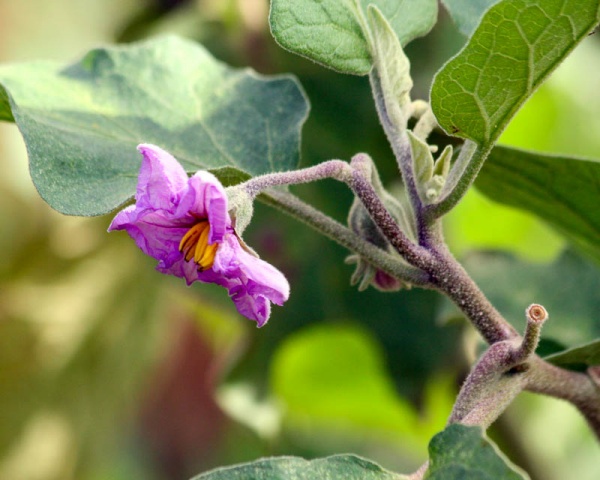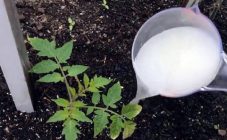Every gardener wants to get a large harvest of his favorite tomatoes. To do this, you need to create good conditions for growing tomatoes in a greenhouse. In addition to the optimal temperature, moderate humidity and light, fertilizers should be used when planting tomatoes in a greenhouse. Lack of vitamins and minerals will negatively affect the growth and development of plants. An excess of nutrients can lead to dehydration, which negatively affects the condition of the plants.
What fertilizers to use for tomatoes when planting in a greenhouse
Before planting, mineral fertilizers containing potassium, phosphorus and nitrogen are well suited. Fertilizers need to be scattered over the surface of the earth, then dig up the soil. This will allow the soil to become looser and more airy, which will help the tomatoes develop well.
Fertilizers for tomatoes in a greenhouse when planting are divided into groups:
- NPK industrial complex;
- Nitrogen fertilizers;
- Phosphate and potash fertilizers;
- Microelements.
The NPK industrial complex contains a combination of nitrogen, phosphorus and potash fertilizers. They are available in convenient inexpensive packaging and have simple and clear instructions for use. The most famous fertilizers of this complex are Azofoska and Nitrophoska. Azofoska can be used for any type of soil. Azofoska is suitable for various vegetables, fruit trees, shrubs, pot flowers. As a type of azophoska, nitroammophoska is often used, which is well suited for seedlings. It improves the root system and stimulates the strengthening of the green part of the plant.
Nitrophoska has a fruitful effect on the soil, improves its quality. It also develops a good lush green mass and promotes the formation of large fruits.
Tomatoes need nitrogen fertilizers during rooting, growing green mass and fruit setting. The amount of nitrogen determines the future harvest. But its excess will lead to suppression of plant immunity. It is better to apply nitrogen fertilizers before planting or 2 weeks before it. The disadvantage of nitrogen fertilizers is the volatility of the substance, so the shelf life of this fertilizer is short. Industrial nitrogen fertilizers: carbamide or urea, ammonium nitrate.
Phosphate and potash fertilizers are always used together. Thanks to these elements, the fruits of tomatoes develop well, have a rich color and taste. The introduction of these fertilizers can be started from the moment of budding and ovary of the first tomatoes. It is recommended to fertilize in the fall to accumulate a sufficient amount in the soil.
The following phosphorus agrochemicals are used: monophosphate or superphosphate. Among potash fertilizers, potash salt or potassium chloride are popular.
Trace elements are introduced into the soil in advance. During the planting period, such fertilizers are not used.
Used macronutrients:
- potassium sulfate... Its deficiency leads to poor keeping quality of fruits.
- boric acid... Lack of boron affects the amount of the crop, as the brushes crumble.
- manganese, magnesium, zinc... All elements improve the immunity of plants, affect the formation of fruits.
Top dressing of tomatoes in the greenhouse with folk remedies
The most popular folk remedies are humus and manure. Whether tomatoes love humus in a greenhouse is a moot point. The majority speaks positively about the use of this fertilizer.
Horse manure (dung) for tomatoes in a greenhouse is applied by diluting with water, there are 10 buckets of water for 1 bucket of manure. You can also use chicken droppings. Horse manure is applied 3 weeks after planting planting material in the greenhouse.
Among other popular methods, eggshells, a weak solution of manganese, and a small amount of ash are used. Ash should be added in an amount of 100 g per well. Eggshells are added crushed into small crumbs. Manganese is used to treat soil from bacteria and fungi.
Also, for feeding tomatoes with folk remedies, methods are used that are suitable for both greenhouse tomatoes and ground tomatoes. Among them:
- Iodine solution. It will speed up the ripening process of tomatoes, increase the weight of the fruits, and protect against late blight. To obtain a nutrient solution, add 4 drops of iodine to a bucket of water. Each bush should have about 2 liters of solution.
- Grass dressing for tomatoes. In a barrel with a volume of 200 liters, finely chopped nettle bushes and dandelion leaves are mixed. There is no strictly defined proportion, the barrel should be filled with grass by a third. A bucket of cow, horse or goat manure is added to the grass and poured over with water. Leave the barrel to ferment for 10 days. It is recommended to cover the barrel with foil to speed up the fermentation process and to protect it from unpleasant odors. When applied, the concentrate is diluted with water. A bucket of water will require 1 liter of concentrate. Each bush is fed 3.5 liters.
- Mullein solution. This fertilizer alternates well with grass feeding. Preparation: the bucket is half-filled with mullein, filled with water, covered with a lid and allowed to brew for 7 days. After the expiration of the period, the solution is stirred. For use, diluted with water: 1 part of the concentrate accounts for 10 parts of water. Fertilize each bush with 0.5 liters.
- Infusion of milk-iodine. It is used as a disinfectant and protects against late blight. It also has a beneficial effect on increasing the number of fruits. In a bucket of water, mix milk whey (1 l) and an alcohol solution of iodine (20 drops). The rate for each bush is 1 liter.
- As a growth stimulant, you can use yeast fertilizer: 100 g of fresh yeast is diluted in 10 liters of warm water and watered with 0.5 liters for each bush.
Experienced gardeners disagree on the amount of plant nutrition needed. But everyone is of the opinion that the main thing is to correctly dose the fertilization. It is worth adhering to this scheme:
- Fertilization when planting seedlings. After 2 weeks, feed with nitrophos or complex fertilizers. Apply a dosage of 0.5 teaspoon per 1 liter of water.
- After 10 days, nitrophoska is introduced along with a weak solution of potassium permanganate.
- 2 weeks after the picking, add superphosphate and potassium sulfate in a tablespoon of each to a ten-liter bucket.
- Apply fertilizer when planting in the holes. Here, saltpeter and superphosphate are used - 1 tablespoon per hole.
- On the 10th day after planting, watered with a pale pink solution of potassium permanganate.
- After 2 weeks, add 20 ammonium nitrate dissolved in 10 liters of water.
- To obtain an early harvest, foliar dressing is carried out weekly. To do this, combine 10 g of urea, superphosphate and potassium sulfate and dilute with 10 liters of water.
- When the first brushes appear, the tomatoes are poured with azofoska and mullein solutions: 25 g per 10 liters of water.
- The main food is brought in every 2 weeks. Mostly mullein and potassium sulfate, or ammonium nitrate, are used instead of mullein.
Fertilizing when planting tomatoes is an important process that determines the quantity and quality of the crop. Now there are a large number of different ready-made fertilizer complexes. But feeding tomatoes with folk remedies does not lose its relevance. Each gardener chooses for himself how to fertilize tomatoes. Popular experience gives guarantees in the use of fertilizers from improvised means.
